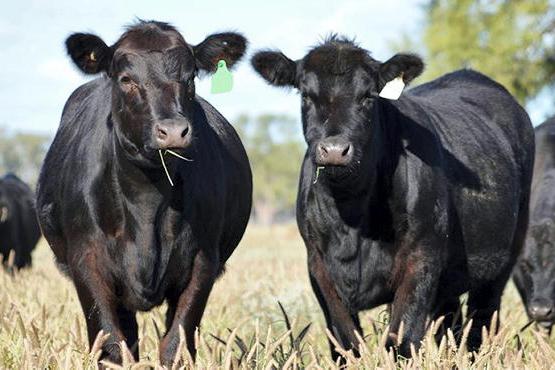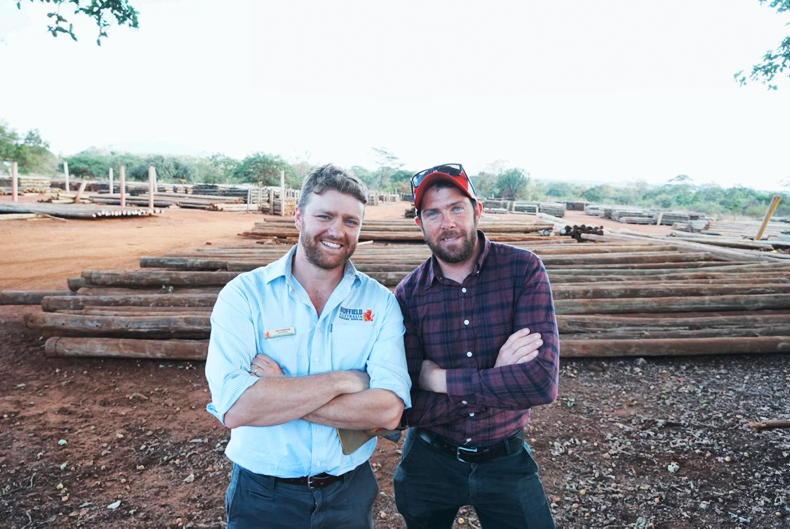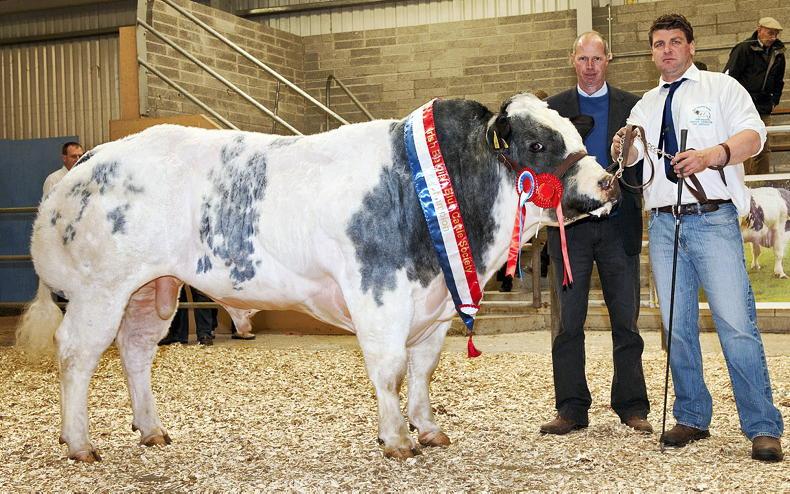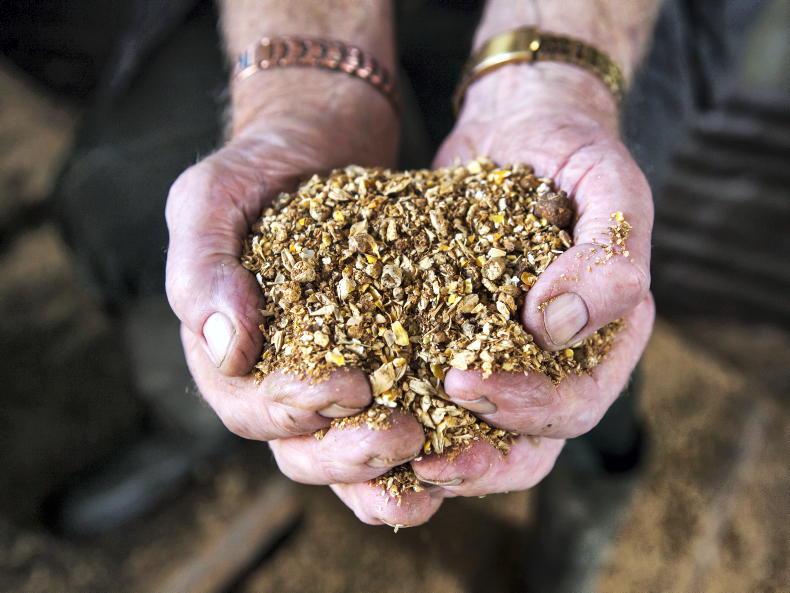The Bodhrán Bar in Lanzarote was an institution and I learned more about running a farm business there than on any formal education course I might have taken since.
It was a family-run place and the boss was a Cork woman named Kay. Her husband and daughter also worked there, along with a maximum of two staff at any given time.
I was lucky to be one of those staff in 2006-2007.
It was a small bar. You’d fit maybe six at the counter, fewer if they were U-grade types. There was seating for around 25, but such was the popularity of the place that the crowd would sometimes spill out onto the street and block the footpath.
But no matter the output, Kay had a tight handle on production costs. And let it go without saying that communication was crystal clear (I was on the receiving end of it a few times) and there was zero waste.
You worked hard but when the shift was over you walked away. I often saw Kay walk past the bar without even looking in when her own shift was done.
But before I start reminiscing too much about the sunshine and the craic, let me get to the point. Farming is different to other work. If you start to think of it as a career, then it might not be the job for you.
Days to come
It should be a lifestyle that fits around you. Now, this is not some hark back to imagined days of old. As Kay used to say, you need to forget about the good old days and think about the good days that are to come.
I am giving out to myself as much as anything here. I bought more fertiliser than I needed this year. I made more silage than necessary and instead of off-loading store cattle a month ago, I put them into the cubicles to try to use up some of the excess bales.
I am just below the derogation threshold for stocking rates, so not exactly under-stocked.
In short, I pushed myself and the farm too much. I forgot it is there to support me and the family, not the other way around. I will reduce fertiliser rates next year, make less silage, and try to move the cattle from September onwards, whether they are finished or forward stores at that stage.
Which brings me to the first six I sent to the factory a few weeks ago. They got no meal prior to slaughter, averaged 240kg on the hook and mostly graded O=2+.
Despite the miscommunication over the quality assurance (QA) “bonus”, I was happy enough with the price and happier to have lightened the load in the shed.
I don’t know if the rest of the dairy-beef animals still here will leave as much of a margin when they eventually go. So, I’m wondering what’s the point in feeding them on myself.
Assuming the extra cost of silage and meal pays for itself in weight gain and fat-score, the extra labour (around 30 minutes extra per day or three additional hours per week) really makes me question what I’m at trying to finish plain cattle in the shed over winter.
I smile when I think of what Kay might say at such non-business sense. She has long since moved on from the Bodhrán but the bar is still there. Again, it’s a bit like farming.
We will all move on to our eternal reward at some stage but the farm will remain behind. All we can hope is that the people we live and work with remember us fondly when we’re gone. That’s the only real legacy.










SHARING OPTIONS